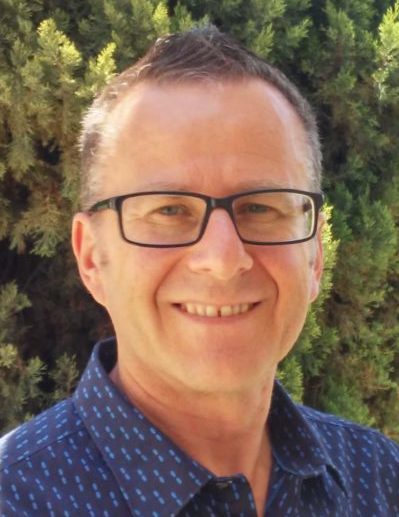
Coregas Engineer Ross Renna brings over 30 years of experience in the industrial gases industry to the Hydrogen Energy Supply Chain (HESC) Project.
Mr Renna started working with HESC in 2019, when he set up key equipment at the Hastings and Latrobe Valley sites. He was also involved in preparation for Coregas to handle site operations at HESC’s hydrogen liquefaction facility – the first of its kind in Australia.
Now working as Transition Manager, Mr Renna still maintains oversight of each site. He
oversees the day-to-day contract and commercial requirements for the Hydrogen Liquefaction plant at Hastings, where he is based. At the same time, he provides technical support for operations.
He also brings a wealth of safety experience to the HESC Project, previously working in Major Hazard Facilities such as chemical and petrochemical plants.
No two days are the same when working on the HESC Project, but he describes his work as exciting and challenging.
“In a day, I could be working through a plant risk assessment, reviewing operational procedures for the ship transfer of the liquid hydrogen, and also working through commercial invoicing,” Mr Renna said.
Having worked for years in the gases industry, Mr Renna has heard a lot of talk about hydrogen being the fuel of the future. He shared his enthusiasm at being part of a project that brings this talk to fruition.
“For me, it’s about being involved in a very exciting project which could have a major impact in decarbonising industry and society,” he said.
“It feels like everywhere you look hydrogen is being discussed and Australia is starting to do its share in developing new hydrogen projects. This is really exciting for the future of hydrogen, especially for Australia.”
Mr Renna shared that there is a lot of potential for people with experience working in Major Hazard Facilities to apply their skills and knowledge to the emerging hydrogen industry.
“Skills and experience from Major Hazard Facility sites, such as operational safety controls, safe work practices and risk assessment development methodologies can be transferred to projects like HESC, and other emerging hydrogen projects in Australia.”
Reflecting on his two proudest moments so far working on the HESC Project, Mr Renna shared that one of the moments is when Coregas took operational management of the site from Kawasaki Heavy Industries (KHI) to operate and maintain the liquefaction site at Hastings.
“There has been a lot of great work from the Hastings team and many other Coregas team members behind the scenes as well.”
“My second proudest moment is the first-time liquid hydrogen was produced from the plant and filled into the liquid hydrogen site container.”
With the HESC Project in its pilot phase, Mr Renna shares many of the challenges he and the team from KHI and Iwatani Corporation are working to overcome. A key challenge is around transferring liquid hydrogen from the Hastings site, onto the Suiso Frontier, when it arrives.
“At present, our focus is planning the important phase of performing the liquid hydrogen ship transfer. I believe a great working relationship has now been established with Coregas, KHI and Iwatani” he said.
Mr Renna will continue his important role while working on the HESC Project and looks forward to seeing it in a commercial phase.
About Coregas
Coregas is one of the largest hydrogen, oxygen, nitrogen and argon producers in Australia, has been an integral part of the HESC project. The company is providing engineering consultancy, onsite support and equipment for the gasification plant at Loy Yang in the Latrobe Valley and the Australian first liquefaction and loading facility at Port of Hastings.